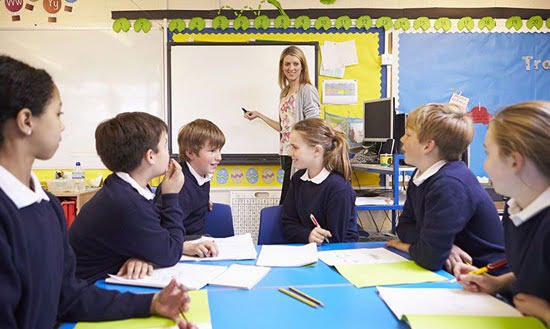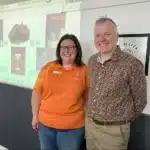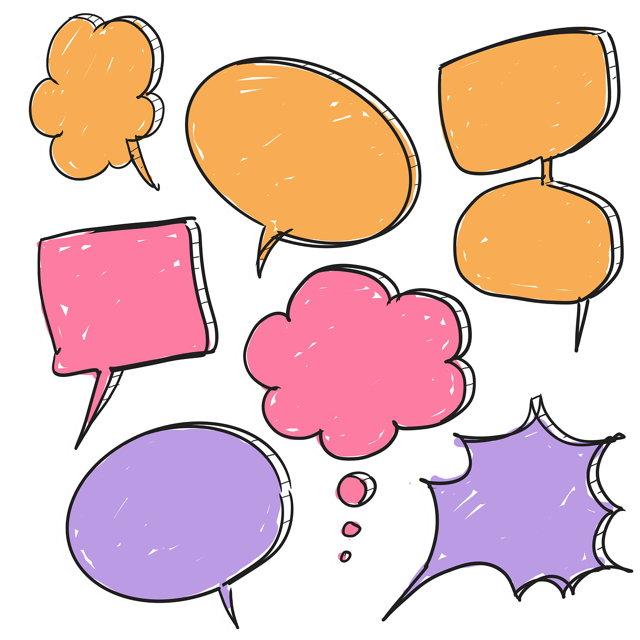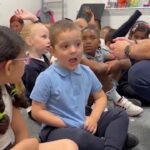As an early years teacher at Abbot’s Lea School, I feel it’s vital that we get the right range of tools and support for our pupils. I’m always looking out for something that’s going to help our pupils get the best chance of accessing the curriculum and reaching their full potential. Our pupils range from 5 – 19, all are diagnosed with Autistic Spectrum Disorder, and often have other co-occurring difficulties such as Dyslexia and ADHD. The school offers pupils a calm and nurturing environment, and hosts a range of additional support.
A large proportion of our pupils struggle with communication in some form. We need to look for tools that don’t just support individual pupils, but can help develop pupils across a whole range of needs and abilities.
First witnessing Chatta
I first heard of Chatta in 2018. Myself and my key stage leader witnessed two different classes in different schools being taught using the Chatta approach. We saw one year 5 class and one early years class. In each lesson we saw children enormously engaged, and communicating brilliantly throughout. I was also really struck by the fact that all the children in the classes were taking part.
I loved what I was seeing, and couldn’t wait to trial it with our own pupils. I started thinking of all the different things I could use it for – all kinds of different hook activities, and lessons.
About our School – Abbot’s Lea
Chatta is a teaching, learning, and communication tool in one and has been really helpful in Key Stage One, working alongside speech and language programmes. Its uses are diverse – it can be used at the point of vocabulary learning, it can be used with older pupils when learning sentence structure, it can be used in editing and reviewing pupils’ sentences and speech, it can be used to help improve speech, adding in more sophisticated language, the possibilities are endless. It can be used everywhere for any subject, and for any skill, and we’ve found its uses wide-ranging across all settings.
It quickly became apparent that the Chatta approach was perfect for a special school as it is so ASD-friendly. It’s clear, visual, and has a really structured approach – a consistent format, where the content can change to whatever we want it to.
Because the format is consistent, it works perfectly for our pupils as they feel comfortable in the familiar approach, but every single lesson feels different. It really captures the pupils’ interest.
A very versatile lesson approach
I use the Chatta approach across a whole range of areas. For example, if I’m starting a new book, or theme, we use objects to hook the pupils’ interests and attention and then make a Chatta board out of it. Or we use Chatta to explore artefacts for RE and History – using it alongside the lessons to really engage the pupils.
We have the ‘ASD’ model in our school – an equal focus on academic progress, specialist support, and the development of life skills across the board to develop independence. Chatta is so versatile you can use it across each of these areas, it’s fantastic.
We have some reluctant learners who are not necessarily ready to engage in lessons, but Chatta lessons capture their interest, and they want to take part in the activities.
Impact in the classroom
Chatta has helped me to really engage pupils. It is my favourite teaching tool, and has added another dimension to lessons and themes. Chatta has become part of our routine, and it’s a part that the pupils really love. It’s helped to develop more confident communicators, more confident writers and more confident learners.
The pupils are learning a lot from it and they’re able to retain a lot more using Chatta than they would have previously – it’s had such a huge impact. The Chatta method works perfectly alongside our other support structures and has a phenomenal impact for many of our pupils, such as Tyler, in a very short space of time.
For example, our pupils with dyslexia often have difficulties with memory. For them, Chatta is a visual tool to refer back to. This helps hugely as they are not trying to process and remember their thoughts – it’s already down on the Chatta board, so they are able to be more independent writers.
Invaluable with remote learning and supporting smooth transitions
Towards the end of last year, our whole school transition period was going to be very different due to the COVID-19 pandemic, so staff set up Chatta boards to introduce themselves to the new children and their families. Chris then spoke to the parents via Zoom, so that they could make their own Chatta boards, to introduce the pupils and families to the class team. I’m hoping to build upon that now – it wasn’t in the plan at that point, but it was a great opportunity to get the parents involved.
During lockdown I have used Chatta frequently for home learning and to set tasks for my class to use at home. Other classes are using it too, and doing things such as asking pupils to do challenges – using the washing machine etc, and then asking pupils to create Chatta boards about the experience. I use it in lessons and I set them independent tasks to use Chatta at home too, such as making a sandwich and re-telling stories.
Support all the way
The Chatta team has been with us the whole way, which has helped us to embed it across much of the school. It has had a phenomenal impact in the school in a very short space of time. By the first 3 weeks in January 2021, there were 220 chats made, and I see that figure growing as the year progresses.
Our next step is to have all teaching and learning staff using Chatta, embedding it in the classroom, and to hold more training sessions so that it’s used throughout the school. We are also keen to see even more parents using Chatta – setting up more of a home school link, where pupils can easily share updates from one to the other, and to use it for home learning activities.
I love it
Chatta’s an excellent teaching tool, that is incredibly versatile and can be used across the curriculum to engage pupils and really capture their interests in order for them to grow.
Chatta is truly unique. It’s such a simple idea that has been so effective. I rely on it now. It’s so quick and it’s easy to use and it saves me valuable time – you can have an outstanding lesson prepared in a few minutes.
I cannot express my appreciation for this teaching approach enough – it has truly transformed my pupils. I have more engaged and more excited learners, who are more excited about activities. If you hadn’t guessed by now, I just love it!



